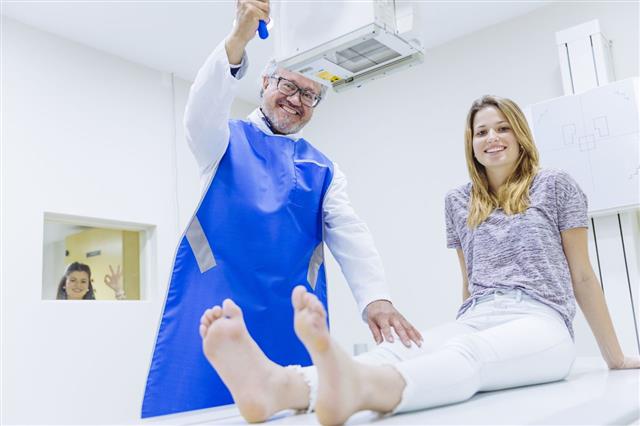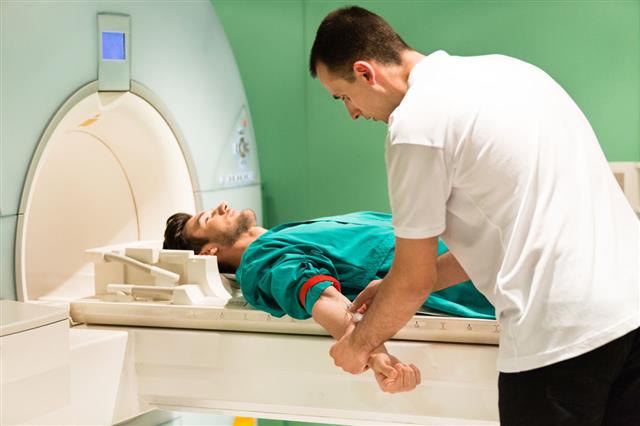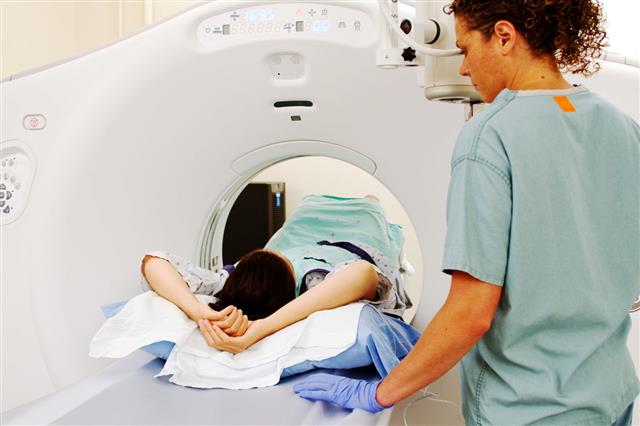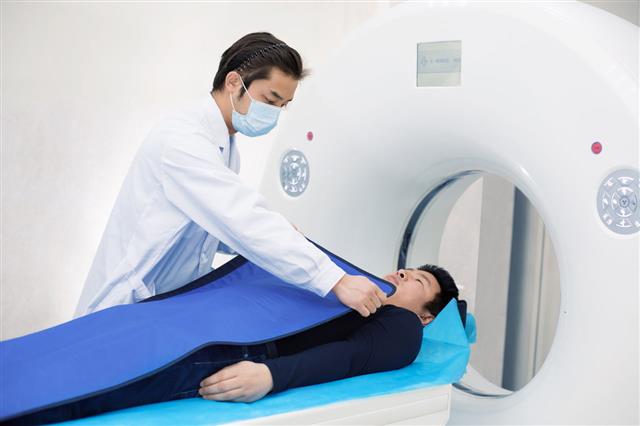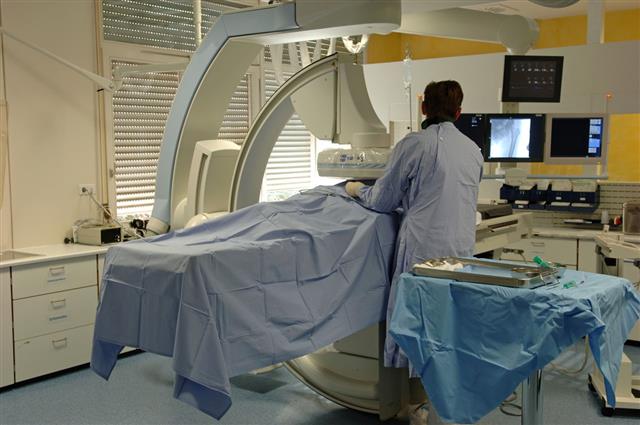
While the annual salary of a radiologist averages US $300,000, a highly experienced radiologist can earn approximately US $430,000 or more per year. These figures are of course based on the employer type and location, and may vary. Here’s a detailed look into how much a radiologist can earn.
With the advancements in technology, there have been a lot of developments in medical science. Various areas of specialization are introduced in medicine, gynecology, pediatrics, etc. One such technology-oriented medical branch is radiology, which makes use of safe penetrating radiation and imaging tests for diagnosis and treatment of medical conditions. Here’s a look into the average annual salary of radiologists.
What is the Average Salary of a Radiologist?
As we all know, medical jobs are listed amongst the highest paying jobs in the United States. Of course, the pay scale for varied medical branches vary. Say for example, a qualified surgeon usually earns more than a pediatrician even if they have the same years of experience in their respective fields. Besides this, certain factors are taken into consideration while estimating the salary range of a prospective medical specialist. Hence, even if the salary of a radiologist is impressively high, the actual pay package depends on many factors.
For nearly all medical jobs, the annual income is related to the geographical location, level of education, type of practice, and experience in that particular field. As far as the average salary of a radiologist is concerned, those working in remote cities get a higher package than doctors engaged in big cities. Those who complete subspecialty training and have the expertise in various radiology procedures earn more than regular radiologists. And the more experience one has gained in the relative field, the higher is the expected income. The following tables show a radiologist’s salary according to employer type and location.
*All figures mentioned are in US Dollars.
According to Employer Type
| Hospital | $77,000 – $336,000 |
| Healthcare | $83,000 – $338,000 |
| Medical Office | $93,000 – $331,000 |
| Acute Care Hospital | $96,000 – $345,000 |
*The above figures are as per PayScale as of September 2012.
According to Location
| Alabama | $93,000 |
| Alaska | $77,000 |
| Arizona | $81,000 |
| Arkansas | $89,000 |
| California | $100,000 |
| Colorado | $80,000 |
| Connecticut | $98,000 |
| Delaware | $85,000 |
| Florida | $87,000 |
| Georgia | $98,000 |
| Hawaii | $66,000 |
| Idaho | $80,000 |
| Illinois | $95,000 |
| Indiana | $92,000 |
| Iowa | $83,000 |
| Kansas | $81,000 |
| Kentucky | $81,000 |
| Louisiana | $73,000 |
| Maine | $84,000 |
| Maryland | $92,000 |
| Massachusetts | $104,000 |
| Michigan | $86,000 |
| Minnesota | $83,000 |
| Mississippi | $107,000 |
| Missouri | $90,000 |
| Montana | $92,000 |
| Nebraska | $74,000 |
| Nevada | $87,000 |
| New Hampshire | $91,000 |
| New Jersey | $96,000 |
| New Mexico | $82,000 |
| New York | $107,000 |
| North Carolina | $88,000 |
| North Dakota | $86,000 |
| Ohio | $86,000 |
| Oklahoma | $82,000 |
| Oregon | $85,000 |
| Pennsylvania | $77,000 |
| Rhode Island | $93,000 |
| South Carolina | $80,000 |
| South Dakota | $72,000 |
| Tennessee | $85,000 |
| Texas | $85,000 |
| Utah | $83,000 |
| Vermont | $89,000 |
| Virginia | $92,000 |
| Washington | $86,000 |
| West Virginia | $90,000 |
| Wisconsin | $77,000 |
| Wyoming | $90,000 |
*The above figures are as per Indeed as of September 2012.
What does a Radiologist do?
A radiologist is a healthcare professional, who focuses on performing imaging procedures and interpreting the results for detection of injuries and diseases. While there are various medical imaging techniques, five of them are frequently conducted for diagnostic purposes, namely, X-ray, ultrasound, computed tomography (CT) scan, magnetic resonance imaging (MRI), and nuclear medicine. Precisely speaking, a radiologist is an expert in imaging technology, handling the equipment, conducting the procedures, and explaining the results.
In a healthcare setting, radiologists work together with other physicians for disease diagnosis and also, to come up with suitable treatment options for patients. While deciding specific imaging tests for a patient, the referring physician consults with the radiologist. If required, the radiologist will help the patient in understanding what type of procedure he/she will be going through, preparation (if any) and what to expect during the examination. Thus, other than interpretation of images, patient interaction is a part of the radiologist’s job. Based on the results obtained, further imaging examinations may be recommended for the patient.
Radiology is a highly demanding field in medicine. As per estimation, about 1.2 percent aspiring doctors choose radiology as their specialization. In order to become a radiologist, a four-year undergraduate degree (preferably with science and pre-med) is compulsory. One can enroll in a medical school only after passing medical college admissions test, attend it for four years to get an MD (medical degree). Next follows a one-year internship, four-years residency, fellowship (subspecialty) training for 1 – 2 years, and licensing. After clearing all these, one can work in reputed hospitals, private clinics, diagnostic centers, and physicians offices.
In conclusion, a radiologist has a good career prospect and job growth is undoubtedly fast. Considering the different growth opportunities in this field, you can certainly choose this as a career option. With the ever growing population, the need for healthcare practitioners is expected to increase every year. Needless to say, individuals with expertise in radiology have greater career opportunities than others. Consequently, their pay scale will be higher than those having experience in only one imaging procedure. Overall, a satisfying job and great income are almost guaranteed for radiology specialists.

